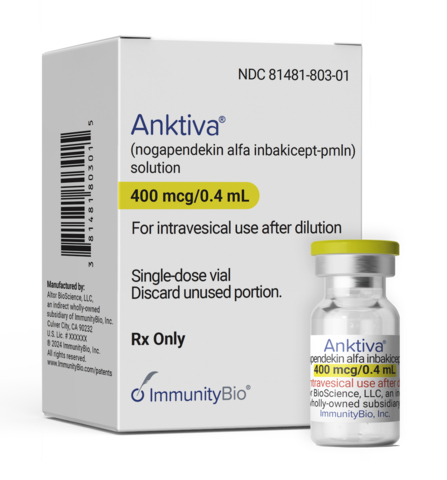The pharmaceutical industry has long touted the high failure rate of drugs in clinical trials, but new research out of MIT suggests the industry may be underestimating the number of drugs that make it through. The study found that almost 14 percent of drugs in clinical trials are eventually approved by the FDA.
What’s more, researchers found certain disease areas have higher success rates, compared to others. For example, while just 3.4 percent of new cancer therapies gain regulator approval, infectious disease drugs have a 33.4 percent rate of approval.
Since the probability of success (POS) for a given clinical trial influences whether drugmakers will invest time and money into developing that product, these findings could have big implications for multiple stakeholders in this process. The study appears in the most recent issue of Biostatistics.
“One of the main responsibilities of investors and pharma executives is risk management, hence they need to know what the chances are that a compound will transition from Phase 1 to Phase 2 to Phase 3 and, ultimately, receive FDA approval,” said Andrew W. Lo, the study’s senior author and director of MIT’s Laboratory for Financial Engineering. “Without accurate and timely estimates, resources may be misallocated and financial returns may be misjudged, which leads to higher development costs, higher-priced drugs, and lost opportunities for investors and, more importantly, patients.”
In their study – the largest of its kind – Lo and his colleagues used data from publishing company, Informa’s Citeline dataset. In all, data from nearly 186,000 clinical trials of more than 21,000 drugs were included in the study.
Tackling that volume of data and generating meaningful insights is no small task. To analyze the dataset, Lo and his team developed automated algorithms capable of tracking the clinical development of each compound and calculating its probability of success.
If done manually, this process would take months, if not years. But the MIT team’s algorithm can do the same work in just a few hours.
“You can’t manage what you don’t measure,” said Lo. “It would be literally impossible for any human to process all of these numbers by hand. But in the Era of Big Data, we can do this quickly and accurately.”
The findings call into question the belief that drug approval rates have slowed in recent years. The researchers found that drug approvals were on the decline between 2005 and 2013, however they have been increasing in recent years.
“We hope to provide this information on a regular basis—it’s not just a one-shot deal,” said Lo. “As clinical trial success rates improve for certain diseases, it’s likely that more investment capital will flow into those areas. For diseases where success rates stall, public policy can play an important role by increasing research funding or providing more incentives to risk-tolerant investors and philanthropic organizations. Our goal is to show all stakeholders the lay of the land so that they can make more informed decisions about where and how to direct their resources.”












Join or login to leave a comment
JOIN LOGIN